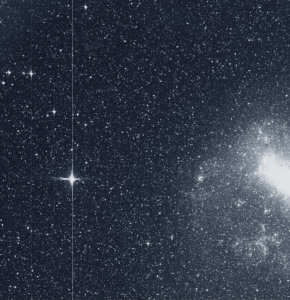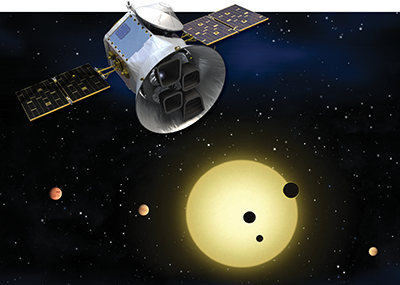The TESS (Transiting Exoplanet Survey Satellite) is following in Kepler’s footsteps and reminds us once again how small and insignificant we really are, when compared to the Cosmos.
Part of the data TESS has finally been able to send to its team on the ground includes a very detailed photo of the southern sky, which was taken using all four of the satellite’s wide-field cameras.

The image holds a myriad of constellations ranging from Capricornus to Pictor as well as both the Large and Small Magellanic Clouds, which are the galaxies nearest to ours.
Paul Hertz, astrophysics division director at NASA Headquarters in Washington has said about the image that
“In a sea of stars brimming with new worlds, TESS is casting a wide net and will haul in a bounty of promising planets for further study. This first light science image shows the capabilities of TESS’ cameras, and shows that the mission will realize its incredible potential in our search for another Earth.”
TESS managed to grab the image by using all of its four cameras for a 30-minute period on Tuesday, August 7th. The lines you can notice in the image are actually the gaps between the camera detectors. The cameras were designed by MIT’s Lincoln Laboratory in Lexington, Massachusetts and the MIT Kavil Institute and they monitor large areas of the sky, looking for transits. Transits happen when a planet passes in front of its star, thus causing a dip in brightness.
The TESS will spend two years monitoring 26 of such transit sectors for 27 days each, thus managing to cover 85% of the sky. The satellite’s target stars are 30 to 300 light-years away, 30 to 100 times brighter than the targets Kepler has, which are also much further away.
After the James Webb Space Telescope will finally launch, the scientists will be able to follow TESS’s discoveries at their own pace and, perhaps, in the future, find a planet not very different from our own.
Follow TechTheLead on Google News to get the news first.





















